Buffalo MiniStation Thunderbolt Review - An External with USB 3.0 and Thunderbolt
by Brian Klug on August 1, 2012 4:04 PM EST- Posted in
- Storage
- SSDs
- USB 3.0
- Thunderbolt
- Buffalo
Part of what makes the Buffalo MiniStation Thunderbolt unique is the inclusion of USB 3.0 alongside, well, Thunderbolt. Going with a Thunderbolt only drive is admittedly a difficult prospect to swallow - what happens if your only Thunderbolt-packing computer dies, for example, and you need files on the drive? Having legacy interfaces is just something everyone has grown accustomed to, and what that usually ends up meaning is that USB needs to be onboard.
Buffalo told me that they worked with Intel and Apple to develop a switching system for deciding which controller to switch SATA from the drive to, and that this system is unique to the MiniStation Thunderbolt for now. To find out more, I had to open up the drive. To be honest, well, I was always going to open the enclosure…
I wager a lot of other potential customers are interested in putting an SSD inside the MiniStation Thunderbolt and taking advantage of the interface’s basically native transfer speeds. Unfortunately, getting the MiniStation apart is somewhat challenging. Disassembly starts by prying the top plastic cover off, which is connected via plastic clips to the drive tray, which is in turn adhered to the aluminum base with some sticky double sided foam tape.
I ended up having to apply a lot of force to separate things, and for me the adhesive was what gave first while prying on the top part of the drive. Armed with this knowledge, people trying to take apart the drive assembly should probably heat the underside with a heat gun before prying the top off with a plastic opening tool. After this comes up, there are plastic clips and a few screws in your way securing the drive to a plastic cage. It’s clear the black part sits in the aluminum tray, and the top white plastic part snaps over this.
With this apart, you can separate the PCB which runs under the 2.5" HDD inside the drive. In the case of my 500 GB model, the drive is a SATA 3.0, 5400 RPM, 8 MB cache, Samsung ST500LM012. I’m not sure what the 1 TB model uses since I wasn’t sampled one, but likely the same family.
The board runs almost the full length of the HDD underside, and there’s a fair number of packages onboard. On the topside we can find the Intel DSL2210 (codename: Port Ridge) endpoint Thunderbolt controller, which is a single Thunderbolt channel, 2 PCIe device with 0.7W TDP. Port Ridge is popping up in a lot of places, for good reason - it’s inexpensive, second generation, small, and has a low TDP. What it sacrifices is pass through functionality or additional Thunderbolt channels.
At center, below the DSL2210 is an ASmedia AS1061 PCIe-1x to SATA 3.0 controller. This is clearly the controller used when the MiniStation is connected over Thunderbolt. Again, Thunderbolt basically tunnels either PCIe or DisplayPort, you need a fully fledged PCIe controller on the other side for whatever you’re connecting to.
At top left under the USB 3.0 controller is a MediaLogic MDLU03 USB 3.0 to SATA 3.0 controller, which obviously gets used when the drive is connected over USB. On this side of the board there are a few other things, like a step-down converter for Thunderbolt power, a tiny 512 Kbit flash, and three white LEDs (with pads for two more) at the bottom.
So you’re probably wondering, well, how does the device switch between the MediaLogic USB 3.0 controller and the ASmedia controller? The answer is on the other side of the PCB.
Here on the back side of the PCB there’s both an ASmedia ASM1456 SATA 3.0, 2 to 1 multiplexer/switch, and an NXP LPC1114F (PDF) microcontroller with an up to 50 MHz ARM Cortex M0 at its core. This controller undoubtably contains the management and logic which tells the switch which SATA controller to choose between. There’s also something a little bit ironic about Intel having to recommend use of an ARM Cortex M0 controller for its platform for Apple and Buffalo - it seems like making a next generation Thunderbolt controller with a tiny controller or AP of its own onboard would make a lot of sense.
There’s a ton of integration here to do what seems like a simple task, but the end result is a drive which will connect and switch between USB 3.0 and Thunderbolt and handle the edge case where someone decides to connect both at the same time. The only real next level is for future Thunerbolt controllers to offer some onboard AP purely for devices like this with multiple I/O. Maybe we’ll get a third generation Thunderbolt SKU with SATA built in, that would seem logical.
After I ran performance numbers and testing on the MiniStation with HDD inside, I disassembled the MiniStation and tossed in an OCZ Vertex 3 MAX IOPS, which works perfectly. Getting the MiniStation back together is a bit of a challenge, but not impossible - I just don’t want to do it again, and with those plastic clips and adhesive would only recommend disassembly and reassembly once. That’s the tradeoff which gets made for having a drive with no external screws.


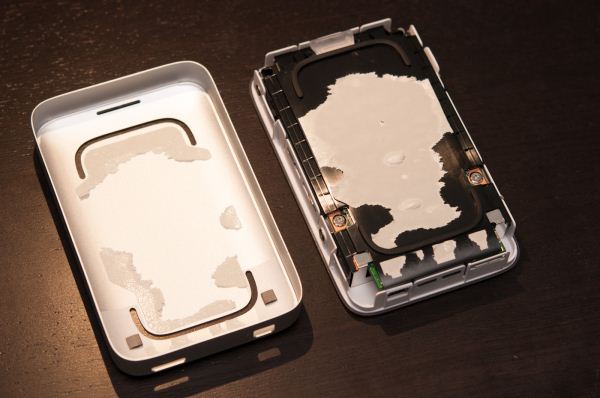

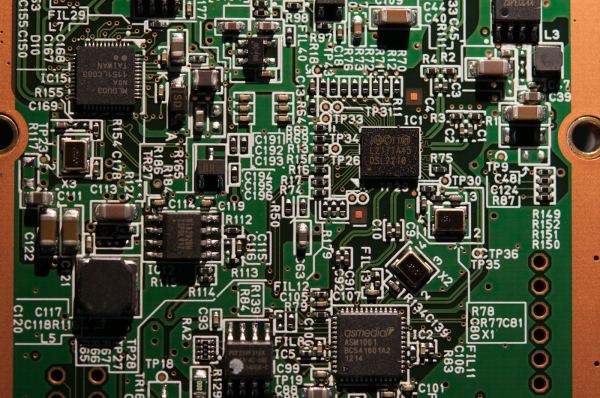
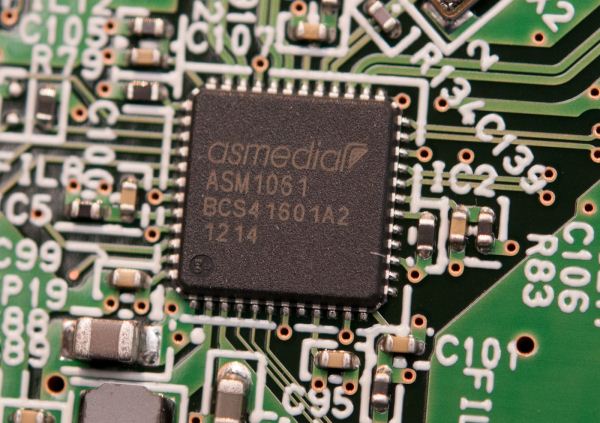
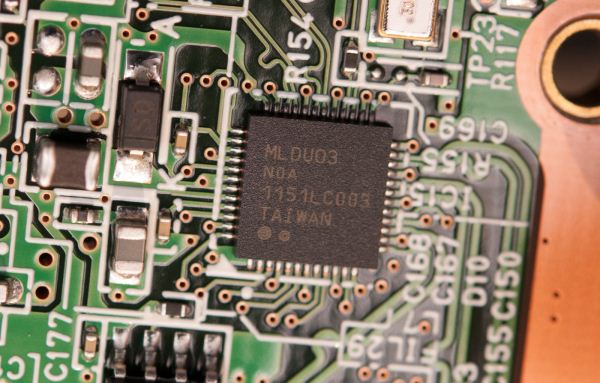
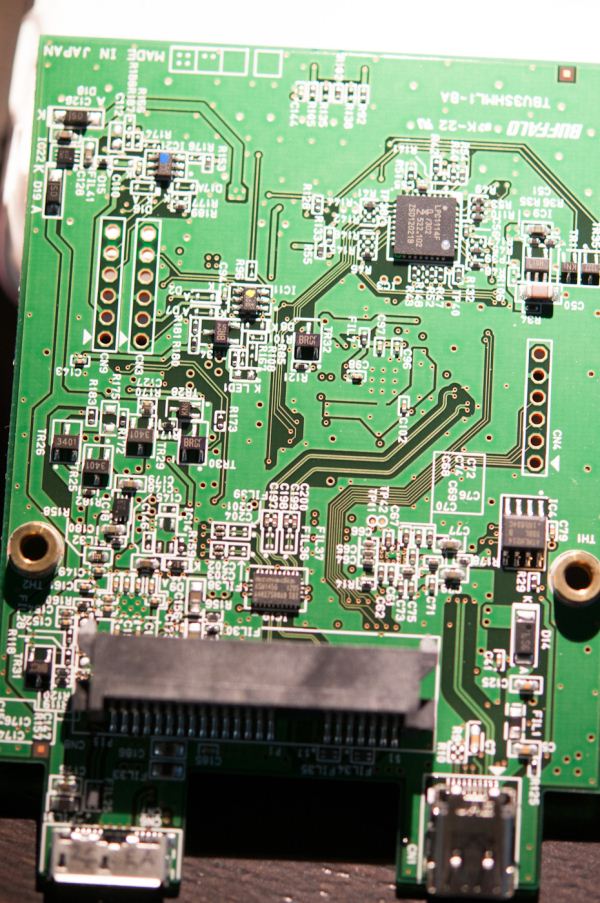















61 Comments
View All Comments
Calista - Thursday, August 2, 2012 - link
Compare it to the USB2 numbers. It's a huge difference. This product is designed to fit well with Apple users where you can expect potential hosts to support Firewire, USB2, USB3 and/or Thunderbolt.USB2 and Firewire is more or less the same, and USB3 has been with Apple for only a short while. So we have a situation where both TB and USB3 equipped Macs can expect superior speed while still being backward compatible with any Mac from the last century.
If choosing a USB3-only solution only a Mac only a handful of computers would support it (rMBP being the first) while TB was first included 18 months ago.
I'm not saying it's a perfect solution, but for the "right person" it's a solution superior to a pure USB3-interface.
Sm0kes - Thursday, August 2, 2012 - link
Judging by the comments -- the "right person" is a very small minority, which underscores the disappointment with this and all previous Thunderbolt enclosures released to date.Until a bare enclosure like this comes out at cheaper price point (~$60 - $80), these will be niche products.
C'DaleRider - Wednesday, August 1, 2012 - link
You're using a trademarked shape, the rectangle. Apple may want a word with you.name99 - Wednesday, August 1, 2012 - link
Oh you're so witty! And really adding to the conversation...MarsMSJ - Wednesday, August 1, 2012 - link
I have a 13 " MBP Early 2011 and I only have two options, thunderbolt or USB 2.0. These drives are awesome especially since they include the thunderbolt cable. Apple sells this cable for 50USD. These drives are great for me and my VM (VMs wreck consumer ssd's.)name99 - Wednesday, August 1, 2012 - link
"Port Ridge is popping up in a lot of places, for good reason - it’s inexpensive, second generation, small, and has a low TDP."Damn, our standards are pretty undemanding in this space, aren't they.
IMHO .7W is massive --- let's recall that we expect a USB2 drive of this sort to run comfortably off 2.5W.
Of course this will fall in time, but until then let's not pretend a pig in lipstick is Cindy Crawford. .7W sucks, and we better hope Intel does better than reduce it by factor of 2 for the next rev.
[As a secondary issue, what's with this idiotic fad for no-pass-through drives? IF we lived in a world where TB hubs actually existed, it would make sense. But since these hubs don't appear to exist, and Buffalo, for example, is not filling the vacuum, creating a device of this form is just idiotic. The already minuscule pool of people willing to buy a device like this is mostly people who
(a) have plenty of peripherals and
(b) were burned the last time round by FW800, with its lack of hubs and its peripherals that all shipped with no pass through.
Honestly at this point I hope either Intel or Apple just do an MS Surface and say "screw 3rd part vendors. These people are so damn incompetent they're making our product look bad, and WTF cares if our competition bankrupts them --- they damn well deserve it}.]
ggathagan - Thursday, August 2, 2012 - link
Setting this up as a passthrough-capable drive would increase the price (more expensive controller), increase the complexity of the circuit design and raise the TDP to at least 2.8w.That would make little sense for Buffalo, given the "already minuscule pool of people " you describe.
If and when TB has a more pervasive presence, I would expect to see pass-through designs. At this point, however, I'd say Buffalo's playing it smart.
The same holds true for the choice of hard drive. Not only are they the 1st to market with a relatively low cost TB external drive, but the drive choice means no external power is needed.
If it proves to be popular, adding additional drive options, as well as just the enclosure, will be very easy.
That's a win-win at this point in time.
jacobdrj - Thursday, August 2, 2012 - link
I have been wanting there to be a Thunderbolt SATA Enclosure for a while now. Reason being: On all the new MACs, I would be able to upgrade everyone's computers without cracking open their system, voiding their warranty, and all a lot faster, just by implanting an umbilical-ly connected SSD via Thunderbolt.I have at least 3 customers this would have made easy jobs of...
repoman27 - Thursday, August 2, 2012 - link
Opening the case does not void the warranty on most Macs, AFAIK. But if you are concerned, you can always take the test to become an Apple Certified Mac Technician. It's not terribly expensive to do, and then you don't have to worry at all.sudokill - Thursday, August 2, 2012 - link
Why are the sequential and some of the random read/writes slower on USB 3.0?? I would assume neither of the interfaces are being saturated by even the SSD. Is it more a OSX/Win 7 Issue?? I was expecting them to be more or less the same